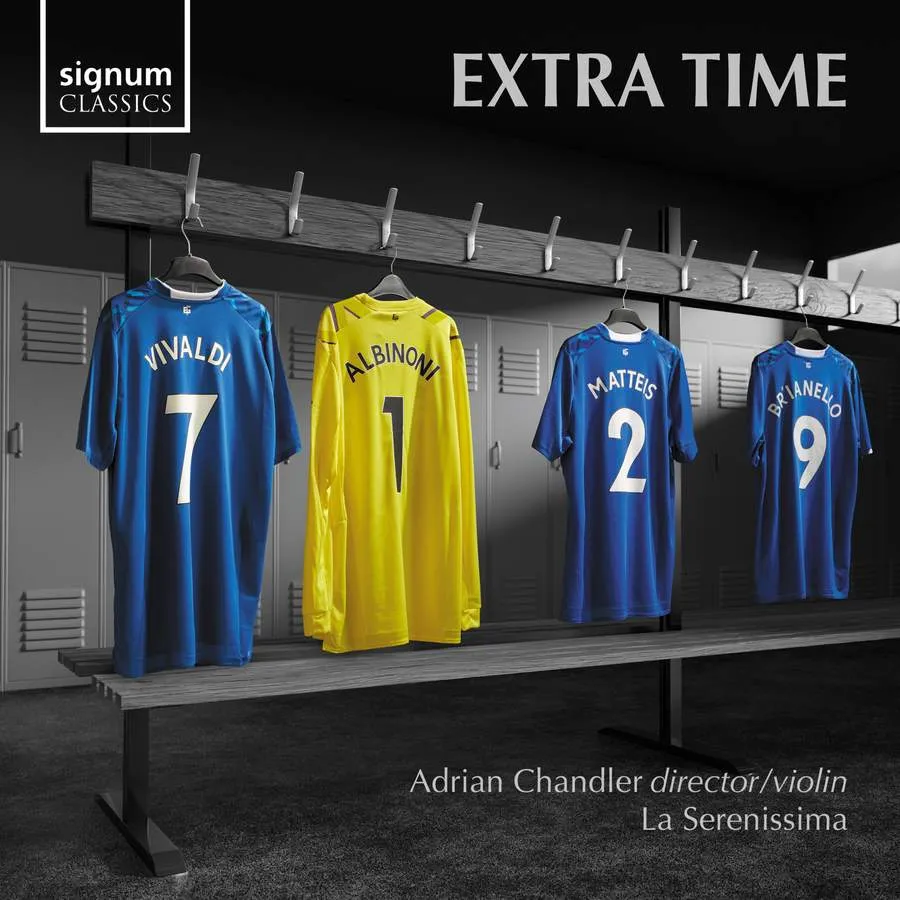
Extra Time Albinoni: La Statira – Sinfonia; Vivaldi: Concerto No. 4 in F major, RV286; Concerto in C major, RV171; Concerto in B flat, RV365; Brescaniello: Concerto in G, Bre 9; Matteis the Younger: Scipione nelle Spagne – Balletto di Cavalieri Romani, Spagnuoli, e Africani; Cajo Marzio Coriolano – Ballo La Serenissima/Adrian Chandler Signum Classics SIGCD641 72:14 mins
Violinist Adrian Chandler and his ensemble La Serenissima here serve up a dégustation of Baroque music which, alongside some familiar works by Vivaldi, offers some delightful revelations. Among these is the eclectic G major Violin Concerto by the Bolognese violinist-composer Giuseppe Antonio Brescianello. The spirit of Vivaldi pervades its first two movements: a sunny Allegro (whose virtuosic solo writing is breezily despatched by Chandler) and a wistful, operatic Largo, its mellifluous melody expressively ‘sung’ on the violin. More Germanic in quality are the rich harmonies of the last movement, whose textural contrasts are thrown into high relief by La Serenissima. Another of the disc’s novelties is the sumptuous ballet suite by Nicola Matteis the Younger – a work Chandler has reconstructed specially for this recording. Originally performed between the acts of an opera by Antonio Caldara, it’s a splendid, French-inspired confection – complete with four trumpets, oboes, bassoon and timpani – unwrapped here with due pomp, ceremony and joie-de-vivre.
Back on more familiar territory, Chandler makes for a most refined soloist in the Vivaldi concertos – his sound delicate, his virtuosity discreet. In RV 365, the airy violin solo offsets the full-bodied tutti to paint a vivid chiaroscuro, while the beautiful Largo of the same concerto is tinged with sweet melancholy. Throughout, arabesques and embellishments (what Roger North called ‘curling graces’) are fleet and nimble. My only caveat is that at times the ensemble tends to emphasise the metre at the expense of the musical line. The recording combines a lovely, resonant acoustic with well-focused details.
Kate Bolton-Porciatti